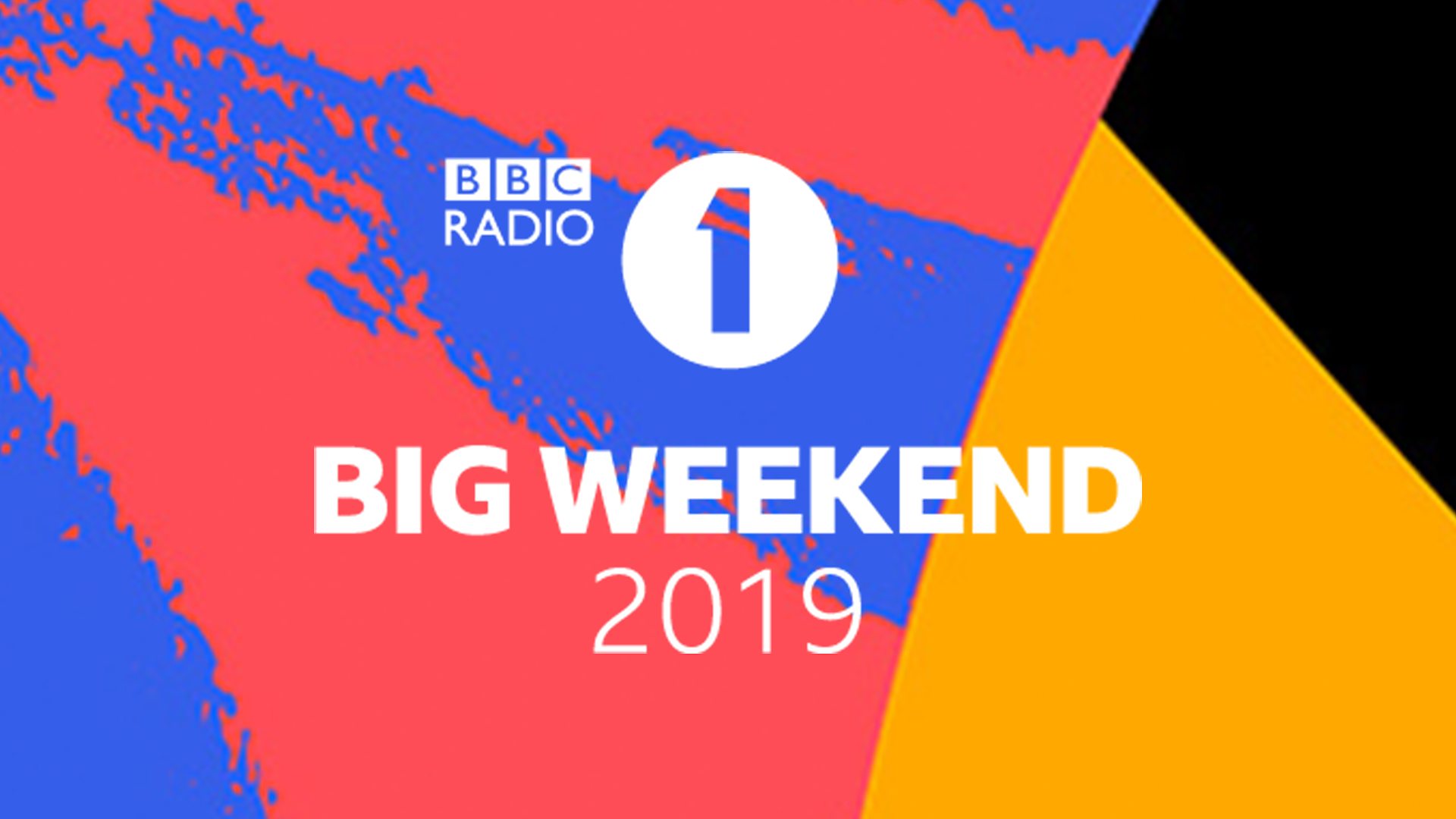Game Industry Cutbacks: Accessibility Takes The Hit

Table of Contents
The Rising Cost of Game Development and its Impact on Accessibility
The video game industry is incredibly competitive, and the cost of creating high-quality games continues to rise exponentially. This creates a challenging environment where difficult choices must be made, and sadly, accessibility often falls by the wayside.
Increased Development Budgets
The sheer cost of developing modern AAA titles is staggering. This cost increase is driven by multiple factors, forcing difficult decisions regarding feature inclusion.
- Higher salaries for programmers, artists, and designers: Securing top talent in a competitive market demands higher salaries, significantly impacting development budgets.
- Increased marketing costs for AAA titles: Marketing a major release requires substantial investment across various platforms and channels, often exceeding development costs.
- Rising costs of game engine licenses: Powerful game engines are essential, but their licensing fees can be substantial, adding significant overhead.
Accessibility as a "Luxury" Feature
Unfortunately, accessibility features are frequently viewed as non-essential additions rather than integral parts of game design. This perception contributes significantly to their exclusion during budget cuts.
- Common misconception that accessibility features only benefit a small niche market: This is a false assumption; a large portion of the gaming community benefits from various accessibility options.
- Pressure to prioritize core gameplay features over accessibility: Developers often face immense pressure to deliver a polished core experience first, leaving accessibility features as an afterthought or cut entirely.
- Lack of understanding of the broader potential market for accessible games: Many developers don't fully grasp the significant market potential of inclusive game design. By excluding players with disabilities, they miss out on a substantial audience.
Specific Accessibility Features Often Affected by Cutbacks
Several crucial accessibility features are disproportionately impacted by budget constraints. These cuts significantly hinder the ability of many players to enjoy games.
Subtitle and Captioning Options
High-quality subtitles and captions are essential for deaf and hard-of-hearing players, yet these are frequently compromised during cost-cutting measures.
- Cutting professional translation services to save costs: Using cheaper, less accurate translations leads to a frustrating and often incomprehensible experience.
- Relying on automated subtitle generation leading to inaccuracies: Automated systems often fail to accurately capture nuances, context, and audio cues, making them inadequate substitutes for professional translation.
- Lack of support for multiple languages: This severely limits accessibility for players globally.
Controller and Input Options
The variety of input methods available directly influences a player’s ability to participate. Budgetary limitations often lead to restrictions in this area.
- Reduced funding for research and development of innovative accessibility controllers: Progress in accessible controller technology is slowed down, leaving players with limited options.
- Lack of comprehensive controller customization options: Players can't adapt controls to their specific needs, making gameplay impossible or overly challenging.
- Limited support for assistive technologies: This prevents many players from using assistive technology they rely on to play games.
Visual and Auditory Cues and Adjustments
Visual and auditory cues play a crucial role in gameplay, but budget cuts often impact the quality and availability of customization options.
- Cutting visual customization options to reduce development time: This limits the ability of visually impaired players to adjust visual settings to improve their experience.
- Limited audio descriptions for visually impaired players: Without proper audio descriptions, visually impaired players are excluded from fully engaging with the game.
- Insufficient contrast settings for visually impaired players: Inadequate contrast settings make it difficult or impossible for some players to discern game elements.
The Long-Term Consequences of Neglecting Accessibility in Gaming
The decision to prioritize profits over inclusive design practices has far-reaching consequences that impact not only players but also the entire gaming industry.
Loss of Potential Players
The most immediate consequence is the exclusion of a significant portion of the potential player base.
- The significant portion of the gaming market that has disabilities: The gaming community includes millions of players with various disabilities.
- The lost revenue potential from neglecting accessible gaming features: This represents a massive lost opportunity for the industry.
- Missed opportunities for brand building and community engagement: By being inclusive, developers can build stronger relationships with a diverse audience.
Negative Brand Perception
Neglecting accessibility can significantly damage a company's reputation and lead to negative publicity.
- Potential backlash from gamers and disability advocacy groups: Exclusionary practices are met with fierce opposition.
- Damage to the company's image and brand equity: This can impact consumer trust and future sales.
- Negative impact on future sales and consumer trust: Consumers are increasingly aware of and responsive to inclusive business practices.
Legal and Ethical Implications
Ignoring accessibility also carries legal and ethical implications.
- Compliance with accessibility regulations (ADA, etc.): Many jurisdictions have laws requiring accessibility in digital products and services.
- Ethical obligations to ensure inclusive gaming experiences: It's ethically imperative to provide equal access to entertainment and leisure for everyone.
- Potential lawsuits and regulatory fines: Non-compliance can result in substantial financial penalties.
Conclusion
The prioritization of profit over inclusive design practices is a serious issue within the game industry. Cutbacks targeting accessibility features not only harm players with disabilities but also negatively impact the industry's long-term success. Ignoring accessibility means missing out on a significant portion of the market, damaging brand reputation, and potentially facing legal ramifications.
Let's advocate for better accessibility in gaming! Demand more inclusive game design from developers, publishers, and platforms. Support studios that prioritize accessibility in their games and help spread awareness about the importance of accessibility in gaming. Let's work together to ensure that everyone can enjoy the magic of video games, regardless of their abilities. #AccessibleGaming #GamingForAll #DisabilityInclusion

Featured Posts
-
 Istoricheskiy Khet Trik Kazakhstan V Finale Kubka Billi Dzhin King
May 24, 2025
Istoricheskiy Khet Trik Kazakhstan V Finale Kubka Billi Dzhin King
May 24, 2025 -
 How To Secure Bbc Radio 1 Big Weekend Tickets
May 24, 2025
How To Secure Bbc Radio 1 Big Weekend Tickets
May 24, 2025 -
 Glastonbury 2025 Full Lineup Revealed After Leak Get Your Tickets Now
May 24, 2025
Glastonbury 2025 Full Lineup Revealed After Leak Get Your Tickets Now
May 24, 2025 -
 Umd Commencement 2025 Kermit The Frogs Surprise Announcement
May 24, 2025
Umd Commencement 2025 Kermit The Frogs Surprise Announcement
May 24, 2025 -
 Fedor Lavrov O Pavle I Trillerakh I Lyudskoy Lyubvi K Ostrym Oschuscheniyam
May 24, 2025
Fedor Lavrov O Pavle I Trillerakh I Lyudskoy Lyubvi K Ostrym Oschuscheniyam
May 24, 2025
Latest Posts
-
 Sandy Point Rehoboth Ocean City Beaches Memorial Day Weekend 2025 Weather Prediction
May 24, 2025
Sandy Point Rehoboth Ocean City Beaches Memorial Day Weekend 2025 Weather Prediction
May 24, 2025 -
 2025 Memorial Day Weekend Beach Weather Forecast For Ocean City Rehoboth And Sandy Point
May 24, 2025
2025 Memorial Day Weekend Beach Weather Forecast For Ocean City Rehoboth And Sandy Point
May 24, 2025 -
 Memorial Day Weekend 2025 Beach Forecast Ocean City Rehoboth Sandy Point
May 24, 2025
Memorial Day Weekend 2025 Beach Forecast Ocean City Rehoboth Sandy Point
May 24, 2025 -
 Key Moments Kazakhstans Billie Jean King Cup Victory Over Australia
May 24, 2025
Key Moments Kazakhstans Billie Jean King Cup Victory Over Australia
May 24, 2025 -
 Kazakhstans Billie Jean King Cup Victory A Detailed Look At The Match Against Australia
May 24, 2025
Kazakhstans Billie Jean King Cup Victory A Detailed Look At The Match Against Australia
May 24, 2025
